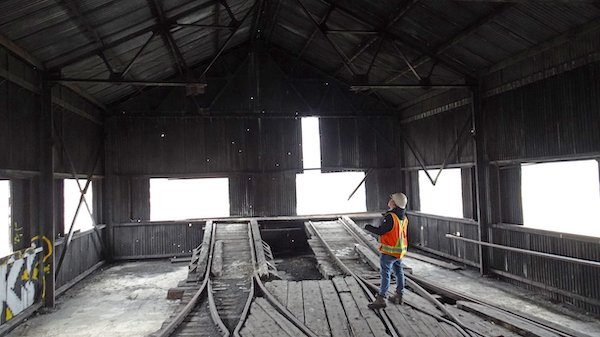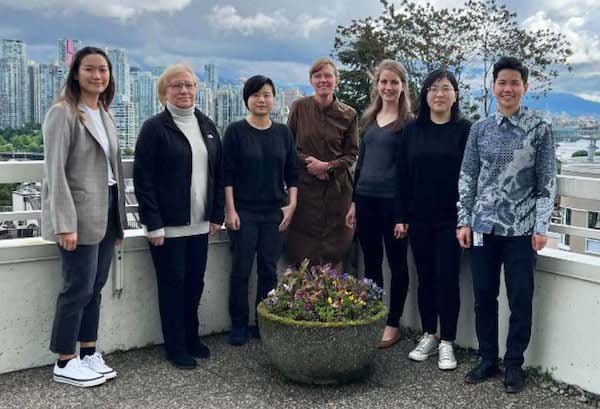- Culture
- Notre équipe
- Services
- Projets
- Médias
- Nos bureaux
- Rechercher
- Détails

A decent generalization for “heritage” is a term used to suggest that something holds value because of its contribution to society, knowledge, or culture. It is critical to understand that the “something” heritage is describing does not need to be a physical object, such as an old building or artifact – it can be a cultural practice or an association with an important event or person.
- Détails

There are different terms, (carbon neutral, net zero, climate neutral, zero energy, etc.) that describe the ways in which emission sources are accounted for and help to indicate what the source is. In the building sector, the term net-zero is mostly used in conjunction with energy or carbon.
- Détails

In recent decades, the number of women enrolled in post-secondary engineering programs has risen, as has the number of women in the engineering field, which has given more women the opportunities to represent themselves and highlight their ingenuity, dedication, and outstanding contributions. Every year on June 23rd, individuals and organizations around the world celebrate International Women in Engineering Day, providing another opportunity to shine the spotlight on the achievements of women in engineering, celebrate their successes, and inspire future generations of women.